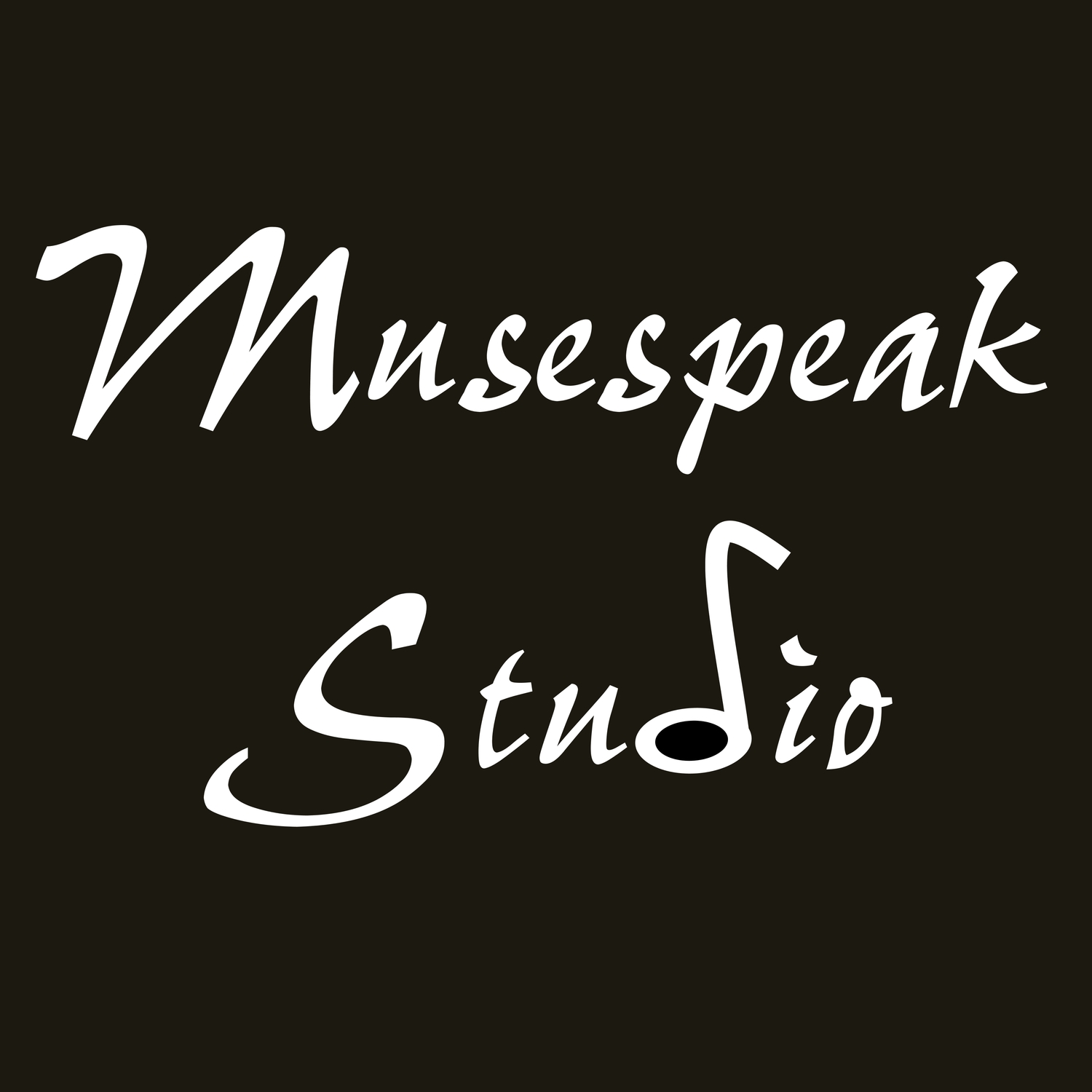Learn about what is involved with music exams, from exam requirements to pros and cons and from examination types to what examiners are looking for.
According to the Royal Conservatory of Music of Toronto (RCM), over 100,000 students register for an exam annually through RCM Examinations (National Music Certificate Program in the US). As there are other music examination systems, the true figure is even higher. Before registering for a music test, having a basic understanding of what is involved can help with preparations.
What Happens in a Music Examination?
There are two types of music examinations: practical and music theory. In a practical exam, students prepare several contrasting pieces for their instrument. Genres include Baroque, Classical, Romantic, Impressionism/Late-Romantic, Modern Classical, pop/rock, jazz and Latin.
Music students should be able to execute technical exercises with a high level of fluency and accuracy. They are also tested on aural, rhythm and sight-reading skills. Depending upon the exam system, students may be tested on improvisation, keyboard harmony, oral questions, transposition and memorization.
All music conservatories have a syllabus for each instrument which lists recommended repertoire for each grade. Syllabi also include a detailed description of technical requirements and music theory co-requisites.
Music theory exams are generally written examinations, although some conservatories offer keyboard harmony tests. Beginner and intermediate students are assessed on rudiments, while advanced students take exams in music history, harmony, counterpoint and analysis.
The Pros and Cons About Music Examinations
Music teachers in professional associations, such as the Canadian Federation of Music Teachers’ Associations and discussion groups like LinkedIn have debated about the benefits and downsides to music examinations.
The benefits of taking a music examination are varied. In Recognition of Accomplishment, RCM states some of the benefits as being:
certificates and awards
high school credits for music classes
motivation to achieve a goal
personal growth through achievement
post-secondary school eligibility
Music examinations aren't for everyone. They can be stressful, especially if one is unprepared. They require a strong commitment from the students, parents and teacher. Students preparing for an examination require more practice time than recreational students. Supplemental repertoire sometimes gets pushed aside to focus on the examination requirements.
All practical examinations test solo performance. However, two Canadian systems, Conservatory Canada and the Canadian National Conservatory of Music do allow the examination candidate to perform a collaborative work to a CD track or live combo (some restrictions apply).
Although there are grading standards, marking is highly subjective in music exams. At music teacher workshops, conferences and discussion forums, music educators have discussed examination issues such as inconsistent customer service and marks that don’t reflect the examiner’s comments.
The music examining boards used in Canada offer slightly different programs. Music teachers will generally specialize in one or two conservatory systems. Students interested in taking music exams can inquire at the audition-interview which conservatory the teacher follows.
About the Music Examiners
Music examiners are music professionals with at least an undergraduate degree in music. These educators have taught for many years and have prepared students for music examinations.
They must also have experience adjudicating at music festivals or competitions and be members of good standing in a professional teaching association. Some are composers, performers and sought-after clinicians for pedagogical workshops and conferences.
To be a member of the College of Examiners, candidates must complete the conservatory’s training program. Music examiners grade exclusively for one conservatory.
What are Examiners Looking for in a Music Exam?
For practical examinations, examiners look for a high level of proficiency in exam pieces, technical exercises, aural, rhythm and reading tests. They assess articulation, dynamics, fingering, notation fluency, phrasing, rhythm, tempo, tone and an understanding of the musical style.
For music rudiments, students are tested on various aspects of music, including musical terms, scales, chords, intervals, rhythm, key recognition and analysis. Advanced music theory exams test students’ knowledge of various areas, including musical periods, structure, composers, significant pieces of repertoire and harmonic analysis.
For all music conservatories in Canada, 60 – 69% merits a passing grade. Honours is awarded for marks between 70 – 79%, First Class Honours is given for marks between 80 – 89% and First Class Honours with Distinction is given to students who earn 90% or higher.
Regardless of the motivation for taking music examinations, preparing for and taking an exam can be a stressful experience. However, with solid practice habits, a supportive teacher and family, taking a music exam can also be a rewarding experience. It is beneficial to have a good understanding of what the requirements, concepts and commitment involved are before preparing for a music exam.
References:
Canadian National Conservatory of Music. Canadian National Conservatory of Music Piano Syllabus. Markham: Mayfair Montgomery Publishing, 2002.
Conservatory Canada. Conservatory Canada Piano Syllabus, 1999 Edition. Waterloo: Waterloo Music, 1999.
Royal Conservatory of Music: College of Examiners (accessed August 11, 2010).
Royal Conservatory of Music. The Royal Conservatory of Music Official Examination Syllabus, 2008 edition. Mississauga: The Frederick Harris Music Co. Ltd., 2008.
Originally published on Suite101.com on August 11, 2010. All rights reserved by Rhona-Mae Arca.

